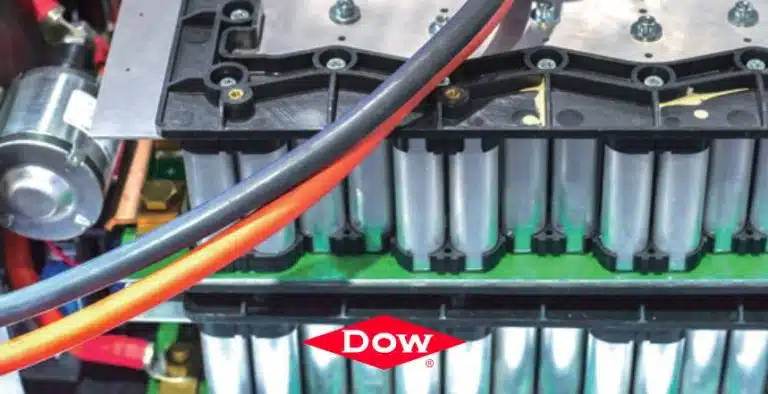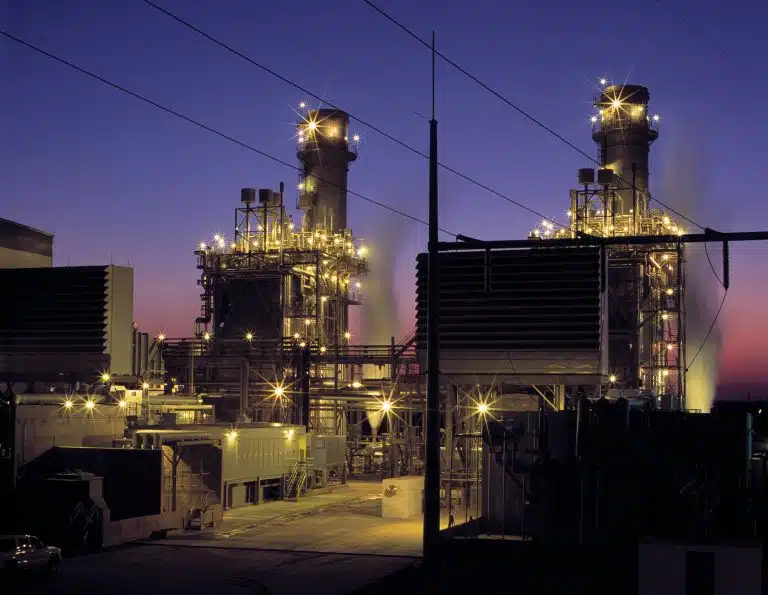What are the unique benefits of silicone?
Silicone materials display unique characteristics resulting from the unusual combination of an inorganic chain, similar to silicates or glass, which is often associated with high surface energy, and side methyl groups that are organic and associated with low surface energy. Compared to many organic materials, the chemical backbone of silicones makes them particularly well suited to manage the increasingly high temperatures and light flux of LED lighting systems.
Why choose Silastic™ moldable optical silicones?
- Use in harsh environments
- Photo-thermal stability, UV heat, humidity, …
- Ingress (IP) and Impact (IK) protection
- UL recognition for all products
- UL94, UL746C(f1)(f8)
- Automotive recognition
- AMECA (outdoor weathering), FMVSS (abrasion), SAE (impact), GMW (chemicals), fogging
- Efficient liquid injection molding
- Design flexibility in tooling and form factor
- Undercuts, trapped features
- Near perfect replication of optical surfaces and features
High performance silicone
High performance silicone offers a brighter future with their unprecedented design. Resistant to high heat, humidity, and UV exposure, optical-grade liquid silicone can be molded into complex shapes for LED lighting. Do you know the characteristics of SILASTIC™ Moldable Optical Silicones?
Luminaire manufacturers have traditionally used glass or optical thermoplastics like polycarbonate (PC) and polymethyl methacrylate (PMMA) for producing optics. However, increases in LED power for high-lumen applications are placing new demands on traditional materials. As heat generated near the LED steadily increases, these materials can degrade. Yet high-power, high-heat luminaires must be pursued to maximize the energy-efficiency advantages of LEDs.
As we know, LEDs are continuing to revolutionize lighting. In fact, The LED lighting market is expected to exceed $125B by 2027. Lighting related energy consumption is expected to drop by 40% in 2030 thanks to LED penetration into general illumination. The main growth drivers are:
- High efficiency
- Reliability and robustness
- High brightness
- Condensed size and custom
- Low power consumption
Now, imagine your LED lighting options when the limitations of traditional plastics and glass are removed.
Optical performance
SILASTIC™ Moldable Optical Silicones can deliver refraction, reflection, and diffusion in many forms. Excellent optical clarity and light transmission are combined with resistance to heat, UV and environmental degradation — allowing these silicones to deliver higher lumen density, low haze and scatter and long-term performance.
The long-term stability of optics made from SILASTIC™ Moldable Optical Silicones has been proven in accelerated aging tests up to 12,000 hours at 150°C, as well as artificial sunlight (UV-A and -B) combined with heat (65°C).
With the unmatched characteristics and performance of SILASTIC™ Moldable Optical Silicones, you can imagine — and create — the newest, brightest LED lighting innovations. Moldable optical silicones provide good resistance to ultraviolet (UV) exposure, optical yellowing, and scratching — especially compared with polycarbonate (PC) and polymethyl methacrylate (PMMA) plastics. The chemical backbone of silicones makes them heat resistant and particularly well-suited to manage the increasingly high temperatures of new high-power LED lighting systems.
Table 1: Silastic Moldable Optical Silicones versus other optical materials
![]()
The properties of moldable optical silicones, glass, polycarbonate (PC), and PMMA (acrylic), compared in the table, illustrate differences in key bulk materials characteristics.
The unique properties of optical silicones based on polydimethylsiloxane (PDMS) polymer and siloxane resins give them mechanical strength and toughness for freeform lenses or light guides after crosslinking during the injection molding process.
Molding characteristics
Highly versatile and moldable, these two-part silicone materials allow you to explore more-complex designs — while potentially simplifying the manufacturing process and reducing costs.
With a low viscosity before cure, optical silicones make the injection molding of complex shapes easier than with organic polymers or glass. The silicones require very low injection pressures compared to thermoplastics.
Based on your application’s needs, these silicones can produce components that are soft and pliable or firm and tough. The flexible material can support easy demolding — even with complex shapes and undercuts.
Fine details, surface finishes, and micro-scale optical structures can be molded, and no secondary polishing of the molded optics is required.
Table 2: Key properties of Silastic™ moldable optical silicones
![]()
![]()
Silastic™ moldable optical silicones: Physical properties
![]()
After a recommended post cure of 1-2 hours at 150°C, the mechanical properties are very stable at elevated temperatures.
![]()
Silastic™ moldable optical silicones: Mechanical properties
![]()
Silastic™ moldable optical silicones: ‘Feel’
The materials are designed to have a slick, plastic-like feel.
- Coefficient of friction (CoF) provides measure of surface tack.
- Higher number leads to more rubbery or tacky surface feel.
- Lower number can correlate to reduce dirt / dust depreciation of light output.
- Allows for more direct exposure applications (e.g., outdoor, industrial).
![]()
Silastic™ moldable optical silicones: Optical Properties
![]()
Silastic™ moldable optical silicones: Light path length effect
![]()
Silastic™ moldable optical silicones: Viscosity
Heat influences viscosity of Moldable Silicone are very sensitive to temperature.
- Advantages
- Ease of fabrication through liquid injection molding
- Good flow allows for complex-part geometry
- Excellent reproduction of mold features
- Challenges
- Easily turbulent
- Higher potential for flash in tooling
![]()
Silastic™ moldable optical silicones: Cure rate
Cure properties tuned for optic and mold design
- Cure profile allows filling of complex geometry in liquid state
- Reduced gelation period can reduce cycle time and defects
- Quick to cured and handle-able part
![]()
Case studies and new applications of moldable optical silicones
Recently, there has been growing interest from designers in optical silicones for enhancing the performance of lamps or luminaires.
Adaptive Drive Beam Lens
Optical silicones are being used to fabricate primary lenses with multisegmented LED light sources for adaptive driving beam (ADB) headlamps to improve the safety of drivers and roadways. Adaptive driving beam technology allows drivers to keep their high beams on permanently because the system automatically adjusts intensity in response to varying traffic and road conditions.
In this case, dark or low-lighting conditions increase likelihood of a collision. Dark driving = 25% of automotive travel, but 52% of driver fatalities and 71% of pedestrian deaths.
![]()
In this case, Silastic™ MS-1002 Silicone enables complex ADB Lens.
![]()
![]()
LED lighting for streets and roadways
VS Lighting (VosslohSchwabe Baden-Wuerttemberg, Germany) designed a costeffective module with high ingress and impact protection ratings (IP67, IP69K, IK08). The optical silicone and silicone adhesive used in the LED module provide strong resistance to outdoor UV light and impact. Importantly, PDMS-based materials are permeable to volatile organic compounds (VOCs), helping prevent contamination of the LED die or its light-converting phosphor layer.
Exterior automotive applications
SoundOff Signal (Hudsonville, MI) designed an LED lighting module for emergency vehicles using two optical LSRs. Here, the specially designed clear lens is molded from SILASTIC MS-1002 moldable silicone. This lens is then co-molded with SILASTIC MS-0002 moldable silicone to form the housing. The LED module has a small footprint with maximized candela output, outstanding resistance to damage such as gravel pitting, improved sealing performance to prevent water entry, and high UV and photothermal stability to prevent lens yellowing.






